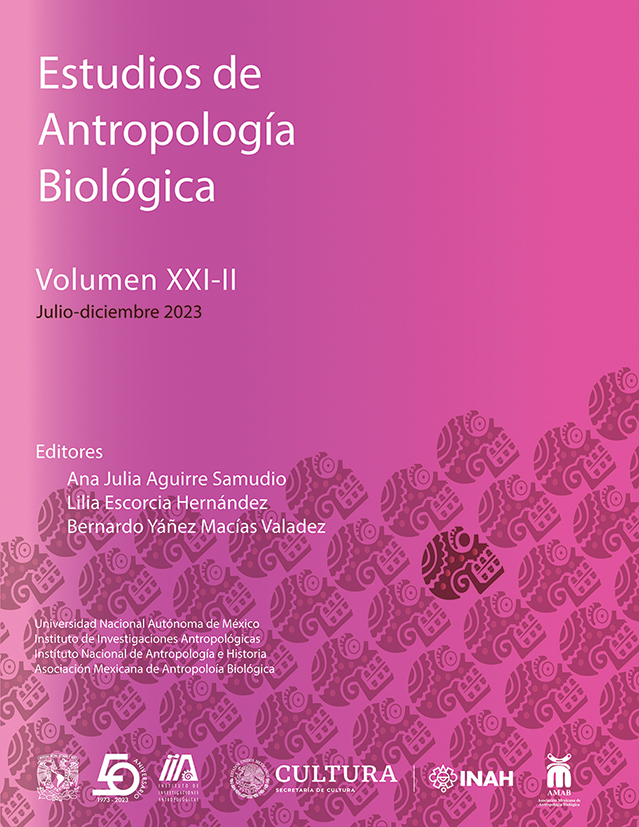Taphonomy and mixed contexts: methodological bases for the study of mummified human remains in the Cueva Escondida (400-200 BC), Victoria, Tamaulipas.
Abstract
One of the main problems faced by archaeological and anthropological research in the exploration of mortuary caves in northern Mexico, lies not only in the complex and meticulous stratigraphic record required, but also in the difficulty represented by understanding and interpreting the processes of formation of contexts with the presence of mixed human skeletal remains. In order to determine the sequence of formation of the different mortuary events, in parallel with the record of the occupational sequence of the site, the combined application of anthropological osteology techniques is necessarily required for the identification, ordering and analysis of bone elements scattered in said record.
Downloads
Downloads
Published
How to Cite
Issue
Section
License

http://creativecommons.org/licenses/by-nc-nd/4.0/


